KEYNOTE SPEAKERS
Prof. Nizamettin AYDIN
TITLE: Engineering Approaches to Understanding Infertility, the Curse of Modern Societies
Biography:
Prof. AYDIN received BSc (1984) and MSc (1987) degrees in Electronics and Telecommunication Engineering at Yildiz Technical University, Türkiye, and PhD degree in Medical Physics (1994) at the University of Leicester, UK. He was an Assistant Professor in the Electronic Engineering Department, Gebze Technical University, Türkiye, from 1995 to 1999. He worked in the Department of Clinical Neurosciences at Kings College London and the Division of Clinical Neuroscience at St George's Hospital Medical School as a Research Fellow between 1998 and 2001. He was a Senior Research Fellow in the Institute for Integrated Micro and Nano Systems at the University of Edinburgh from 2001 to 2004. In 2004, he was appointed as head of Computer Engineering Department and in 2006 he founded Software Engineering Department, both at Bahçeşehir University, Türkiye. Between 2009 and 2023, he was a professor in the Computer Engineering Department at Yildiz Technical University and served as the head of the department between 2011 and 2023. He is now with the Computer Engineering Department at Istanbul Technical University, Türkiye. His research interests and contributions cover a wide range of subjects including biomedical signal/image processing, bioinformatics, system-on-chip, wireless communication, AI, data science, and computer science. He was awarded the IEE (now IET) the Institute Premium Award for 2000/2001 for his contributions in complex wavelet transform for processing Doppler ultrasound signals. He is a senior member of IEEE and serves as IEEE Türkiye Section Chair.
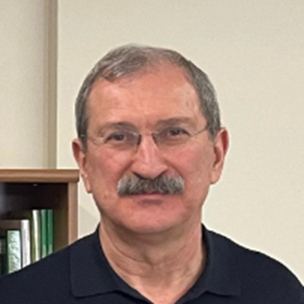
Abstract of Speech:
Infertility is a disease of the male or female reproductive system defined by the failure to achieve a pregnancy after 12 months or more of regular unprotected sexual intercourse (WHO, 2018). Today, infertility has become a common problem affecting more than 20% of the world's population. Infertility can be caused by male or female factors. The diagnostic process for infertility is different for men and women. When diagnosing infertility, reproductive cells of men and women are examined separately. In the diagnosis of male infertility factors, analysis of sperm cells is carried out under certain conditions in a laboratory setting. When analyzing sperm cells, three important features of sperm are used: morphology, concentration, and motility. Sperm analysis can be done visually by doctors or by using computer aided sperm analysis systems. The importance of computer-assisted analysis is increasing day by day because visual examinations give different results from person to person and are costly. On the other hand, computer-based expert systems are more consistent and reliable. However, they are not available in many laboratories because they are very expensive. A better solution is to adapt a hybrid expert system that combines computerized analysis and the visual evaluation environment to eliminate the disadvantages of both approaches. In this talk, approaches utilizing concepts from computer vision, artificial intelligence, image/video processing, and scientific computing and their evaluations by using sperm morphology datasets will be presented.
Dr. Nguyen Linh Trung & Neurologist Guy Nagels
TITLE: Machine Learning for Neuroimaging Diagnosis of Neurological Diseases
Biography: Dr. Nguyen Linh Trung
Nguyen Linh Trung received his B.Eng. and Ph.D. degrees in Electrical Engineering from Queensland University of Technology, Brisbane, Australia, in 1998 and 2005, respectively. Since 2006, he has been with the University of Engineering and Technology, within Vietnam National University, Hanoi (VNU), where he currently serves as an Associate Professor of Electronic Engineering in the Faculty of Electronics and Telecommunications. His research interests encompass a wide range of signal processing techniques, including time-frequency analysis, signal separation, compressive sampling, subspace and tensor tracking, system identification, and machine learning. He focuses on applying these methods to communications and networking, with particular emphasis on channel estimation, physical-layer security, and cybersecurity. Additionally, he is committed to advancing medical applications of signal processing, specializing in biomedical signal and image analysis for neurological disorders such as Alzheimer’s disease and multiple sclerosis.
He has co-authored three books, over 150 technical papers and book chapters, and served as Technical Editor-in-Chief of the Journal of Research and Development on Information and Communication Technology under the Vietnam Ministry of Information and Communication. He was also General Co-Chair of the 2023 IEEE Statistical Signal Processing Workshop in Hanoi, Vietnam. Currently, he is a Senior Member of the IEEE, Vietnam Chapter Chair of the IEEE Signal Processing Society, and Vietnam Chapter Chair of the Asia-Pacific Signal and Information Processing Association.
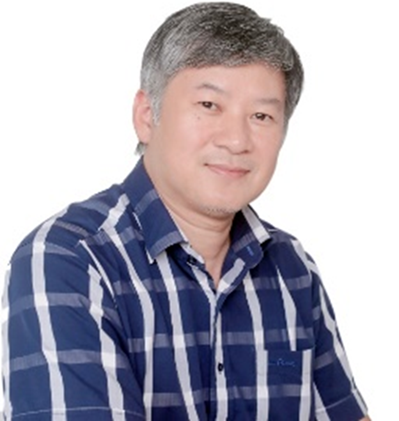
Biography: Neurologist Guy Nagels
Guy Nagels is a neurologist, rehabilitation specialist, and computer science engineer. He coordinates the clinical care and research for multiple sclerosis (MS) at the Neurology Department of UZ Brussel, where he integrates advanced technologies into patient management. He also leads the AIMS research group at the Vrije Universiteit Brussel (VUB), which stands for Artificial Intelligence Supported Modelling in Clinical Sciences. His research focuses on applying machine learning and federated learning to neurological diseases, particularly through neuroimaging and electrophysiological data analysis. He is actively involved in international collaborations and capacity building, especially between Europe and Southeast Asia, to promote data-driven innovation in clinical neuroscience.
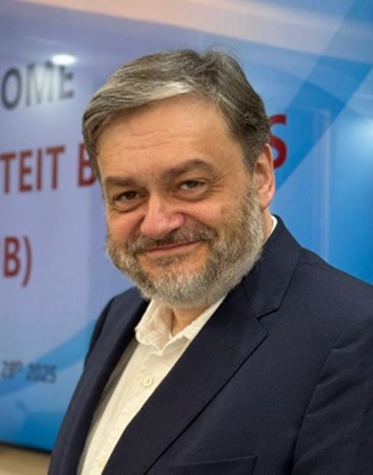
Abstract of Speech:
Together with recent advancements in machine learning, we are witnessing significant progress in the diagnosis of neurological diseases. By exploiting information from neurological images such as MRI and PET scans, machine learning techniques can assist in the early detection of biological markers related to neurological disease. In this talk, we will first briefly provide an overview of the main applications of machine learning techniques used for the diagnosis of two Alzheimer’s disease and multiple sclerosis. Then, we will address some open directions and give our perspectives about them, such as data integration and fusion, multiple-outcome diagnosis, cross-disorder diagnosis, privacy-preserved data sharing, as well as cost-effective imaging modalities.
Prof. Ahmed Bouridane
TITLE: Digital Multimedia and Sensor Forensics and Security: Recent Advances
Biography:
Ahmed Bouridane received an “Ingenieur d’Etat” degree in electronics from “Ecole Nationale Polytechnique” of Algiers (ENPA), Algeria, in 1982, an M.Phil. degree in electrical engineering signal processing from the University of Newcastle-Upon-Tyne, U.K., in 1988, and an Ph.D. degree in electrical engineering (computer vision and Neural Networks) from the University of Nottingham, U.K., in 1992. From 1992 to 1994, he worked as a Research Developer in telesurveillance and access control applications. In 1994, he joined Queen’s University Belfast, Belfast, U.K., initially as Lecturer in computer architecture and image processing and later on he was promoted to Reader in Computer Science. In 2009, he joined Northumbria University at Newcastle leading the Computational Intelligence and Visual Computing Lab. His is now Professor of Machine Intelligence at the University of Sharjah, UAE. His research interests are in machine learning with applications to imaging for forensics and security, quantitative pathology and bi-medical engineering, homeland security and video analytics.
He has authored and co-authored more than 350 publications and four (04) research books on imaging for forensics and security, and Biometric Security and privacy. He has supervised more than 50 PhD students. He has led several projects funded from Industry and funding bodies in the UK and Worldwide. Prof. Bouridane is a Senior Member of IEEE.
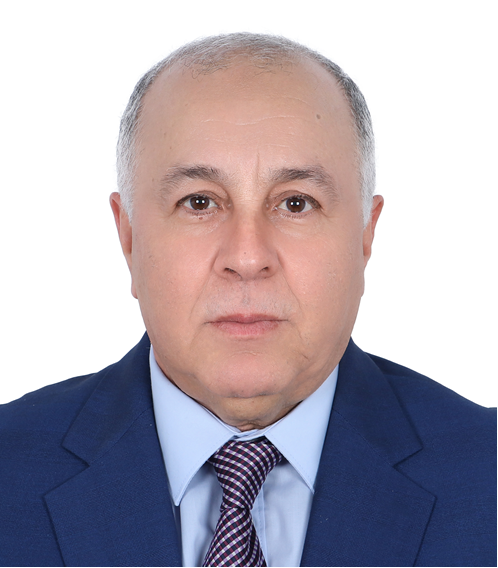
Abstract of Speech:
Recently, the field of digital video/imaging has known significant advances to the point that every smartphone now has a built-in video camera for recording high quality videos at no cost and without any constraints. On the other hand, the fast growing Internet technology has substantially contributed to the widespread use of digital videos via web-based social media platforms and smartphone mobile applications such as YouTube, FaceBook, Twitter, WhatsApp, etc. However, as the recording and distribution of digital videos have become affordable nowadays, security challenges have threateningly emerged and spread worldwide. The most obvious challenging issues that normally lead to digital media conflicts include video authenticity, illegal video copying/distribution and malicious video tampering.
This presentation aims to discuss recent advances of techniques and tools for the processing and analysis of digital smartphone videos and images in order detect potential forgeries and to identify the make and model of the smartphone used to record the input video and/or images. We will also aim to authenticate the video contents and detect forgeries in maliciously manipulated videos. In particular, we will discuss the following:
- Originality and integrity: we will review recent techniques to verify whether a smartphone video is genuine and authentic by paying particular attention to determine with a high level of confidence whether a video has been maliciously tampered with. We will also aim to detect and locate the forgery.
- Smartphone source identification: We discuss tools and methods capable to identify the source smartphone in terms of its make and model. In the case that several smartphone devices of the same model and make happen to be under investigation, the aim will be to develop an efficient method for the identification of the correct device, which was used to record the videos under analysis
In line with the continuous advances of the field of forensic science, with the potential for applications in high profile cases that require the extraction of evidential information for courtroom purposes, the presentation will discuss our recent algorithms to estimate sensor pattern noise (SPN). SPN can then be used as a fingerprint of the device capable to identify source smartphone under environment constraints. To address this, we will investigate robust image filtering techniques to exploit the multiple frames in each video to cancel out the undesirable types of noise.
The presentation will also concentrate on presenting the following topics:
- Machine Learning based Methods in Source Camera Identification: Recent Advances
- Facial Recognition in the Compressed Domain
TUTORIALS
Dr. İsmail Burak Parlak
TITLE: Smart Vision Systems: Exploring the Power of YOLO and DeepLab in Image Processing Frontiers
Biography:
Dr. Ismail Burak Parlak is an Assistant Professor at Galatasaray University and a senior researcher specializing in image processing. With a strong academic background and years of experience in the field, his work spans a wide range of applications, from medical image analysis to urban scene understanding. Dr. Parlak has contributed to numerous research projects and publications, advancing the state of the art in both theoretical and applied aspects of image analysis.
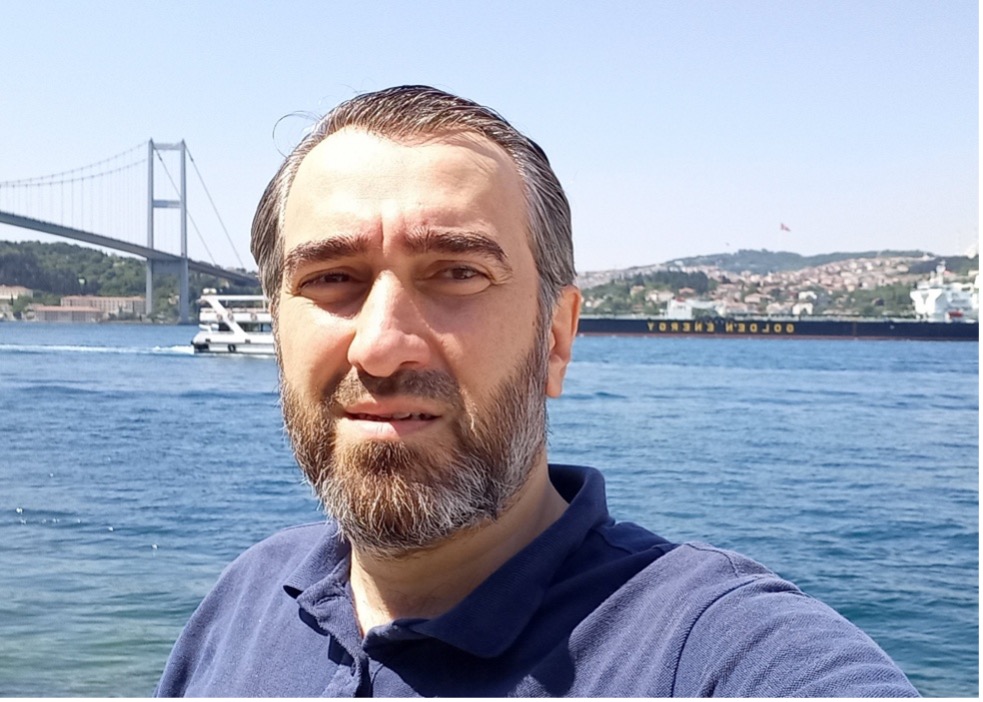
Abstract of Tutorial:
At the upcoming international conference, Dr. Parlak will deliver a comprehensive tutorial on YOLO (You Only Look Once) and DeepLab architectures—two of the most influential deep learning models in image analysis. The tutorial will explore the underlying principles of real-time object detection and semantic segmentation, emphasizing their practical applications in diverse domains such as healthcare, autonomous driving, and smart city development. Attendees can expect an engaging session that combines theoretical foundations with hands-on insights, making it valuable for both newcomers and seasoned researchers in computer vision.